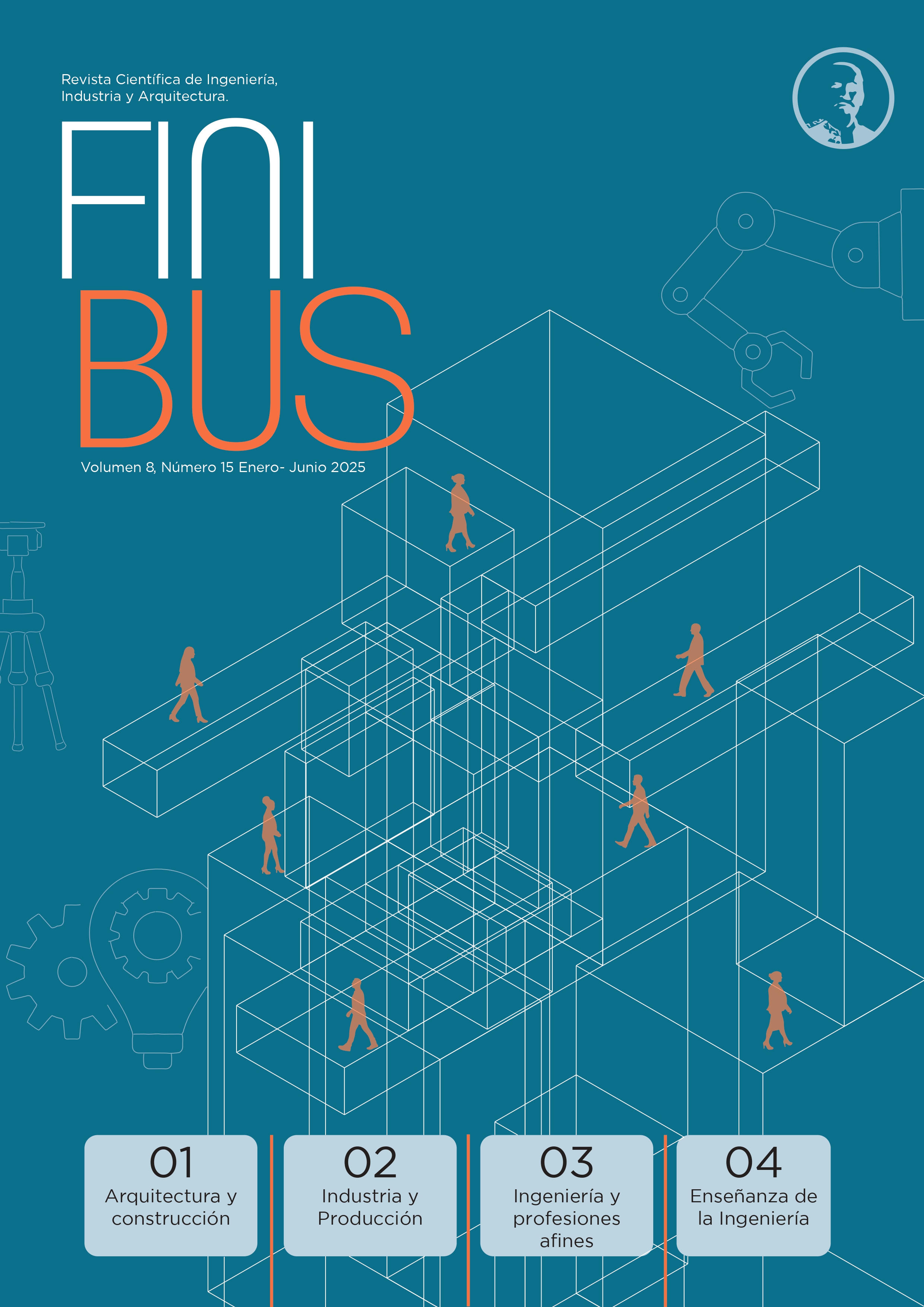Spaces of integral attention for the elderly person based on the needs of the Santa Ana Canton
Investigation article
Keywords:
Elderly, Comprehensive Care Center, aging, diseases, Santa Ana cantonAbstract
The deficit of comprehensive care centers for the elderly population has given way to questioning the current reality of the elderly through an investigation that focuses on the analysis of the increase in the population of the elderly in the future, so aging and social changes constitute one of the most important challenges for society to improve their quality of life. As a result of family abandonment, low income, health problems, marginalization from society and the deficient health service, of the elderly population. For this reason, it was essential to land the research in a study area whose choice responded to the absence of care spaces, the Santa Ana canton, located in the southwestern central part of Manabí, being chosen for meeting the ideal characteristics of the study. The focus of the research was oriented to determine, through a diagnosis, the characteristics of the comprehensive care spaces for the elderly and their area of influence in the canton. This was possible through a methodology in which documentary and field-type investigations were developed that made it possible to elucidate the needs, characteristics and afflictions presented by the population of the Santa Ana canton framed within the elderly group. To finally, and based on the data obtained and identified, determine the spatial and architectural qualities and characteristics capable of meeting the needs of the subject in question and therefore improve their quality of life.
Keywords: Elderly, Comprehensive Care Center, aging, diseases, Santa Ana canton.
Downloads
References
D’Hyver, C. (2018). Alteraciones del sueño en personas adultas. Revista de la Facultad de Medicina de la UNAM, 61(1).
Ecuavisa. (2017). Cuántas personas longevas hay en el mundo, latinoaméricana y Ecuador. Obtenido de Sitio web de Ecuavisa: http://www.ecuavisa.com/articulo/noticias/actualidad/324361-cuantas-personas-longevas-hay-mundo-latinoamericana-ecuador
El Telégrafo. (2017). El abandono afecta al 14% de adultos mayores. Obtenido de Versión digital de diario El Telégrafo : https://www.eltelegrafo.com.ec/noticias/sociedad/4/el-abandono-afecta-al-14-de-adultos-mayores
Escobar, J. (2013). Caracterización metodológica para la intervención practica. Obtenido de Instituto Universitario de Educación Física Universidad de Antioquia: http://www.efdeportes.com/efd67/mayores.htm
Escobar. (2004). Ingresos económicos en adultos mayores. Obtenido de Universidad Francisco Gavidia: http6YH7://ri.ufg.edu.sv/jspui/bitstream/11592/8172/3/155.6- E74i-CAPITULO%20II.pdf
ONU. (2005). World Population Prospects: The 2004 Revision. New York: UN
Organización de Naciones Unidas. (2017). Envejecimiento. Obtenido de http://www.un.org/es/sections/issues-depth/ageing/index.html
Oropeza, L. (2016). Centro de Atención Integral para adultos mayores Sector asistencial social Zumpango. Obtenido de Instituto Politécnico Nacional México.
Romero, G. (2010). Análisis de necesidades e intereses recreativos de las personas adultas mayores del albergue San José Obrero, del cantón de Siquirres: propuesta recreativa. Revista Educación, 34(2), 133-152
Toro, J. (2016). DISEÑO ARQUITECTONICO DE CENTRO DE ATENCION PARA EL ADULTO MAYOR EN LOS BAJOS DEL PECHICHE DEL CANTON MONTECRISTI. Obtenido de Repositorio Institucional de la Universidad Laica "Eloy Alfaro" de Manabí.
Zapater, E. (2015). Centro Geríatrico Integral, parroquia de Calderón D.M.Q. Obtenido de Repositorio Institucional de la Universidad Central del Ecuador: www.dspace.uce.edu.ec/handle/25000/9682
















